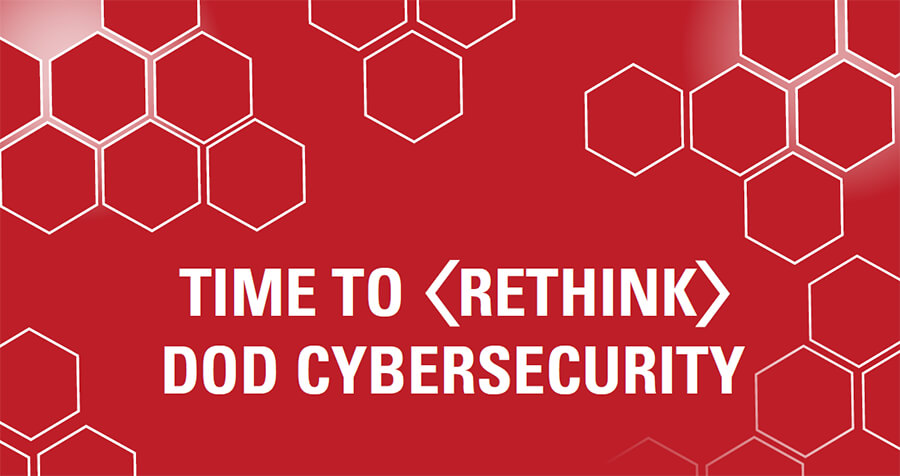Cybersecurity & The Modern World
How Not to Become the Next Headline: Wake-Up Call by the Largest Data Breach in History
Author(s):
T. Casey Fleming, Chairman and CEO, BLACKOPS Partners Corporation
As the largest breach in history unfolded, most executives were both disappointed that it occurred to a great American brand and relieved that it missed them…for now. Breach! The massive data breach and its resulting fallout is a stark reminder to senior executives and Boards of U.S. companies that they will remain vulnerable 24x7x365 until … Read more









